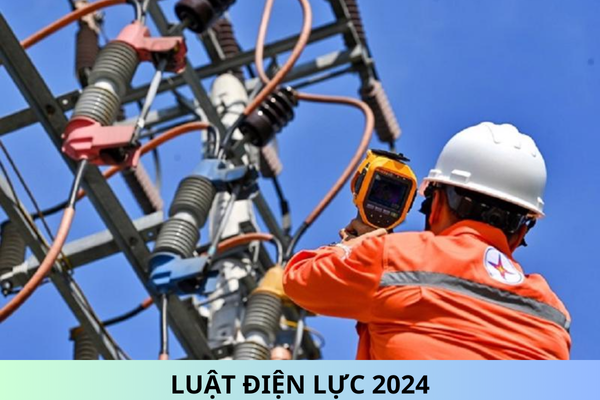How is the Grounding Technique in Electrical Safety Regulated?
Earthing Technique in Electrical Safety as provided in Article 13 of Circular 05/2021/TT-BCT (Effective from September 22, 2021). To be specific:
- Earthing electrodes are made of round steel with a diameter of not less than 16 mm or square steel with an equivalent cross-sectional area or angle steel with dimensions not less than (40x40x4) mm; the length of the buried part in the ground is at least 0.8 m (vertically), with one end of the electrode protruding above the ground (not higher than 0.15 m); the location of the earthing electrode should not cause inconvenience to the users of houses or facilities. Insulating materials are not allowed to be painted on the surface of the earthing electrodes. In places prone to corrosion, the earthing electrodes must be copper-plated or zinc-plated.
- Earthing wires can be made of round steel with a diameter of not less than 6 mm or flat steel with dimensions not less than (24x4) mm and must have anti-corrosion measures or be made of soft multi-stranded copper wire with a cross-sectional area of not less than 16 mm².
- Earthing wires are tightly fastened to the exposed part of the earthing electrode and the metal structure that needs to be earthed using bolts or welding.
- In cases where houses or facilities already have a safe earthing system in use, there is no need to add extra earthing electrodes, only tighten the earthing wire to the existing earthing system using bolts or welding methods.
Sincerely.










